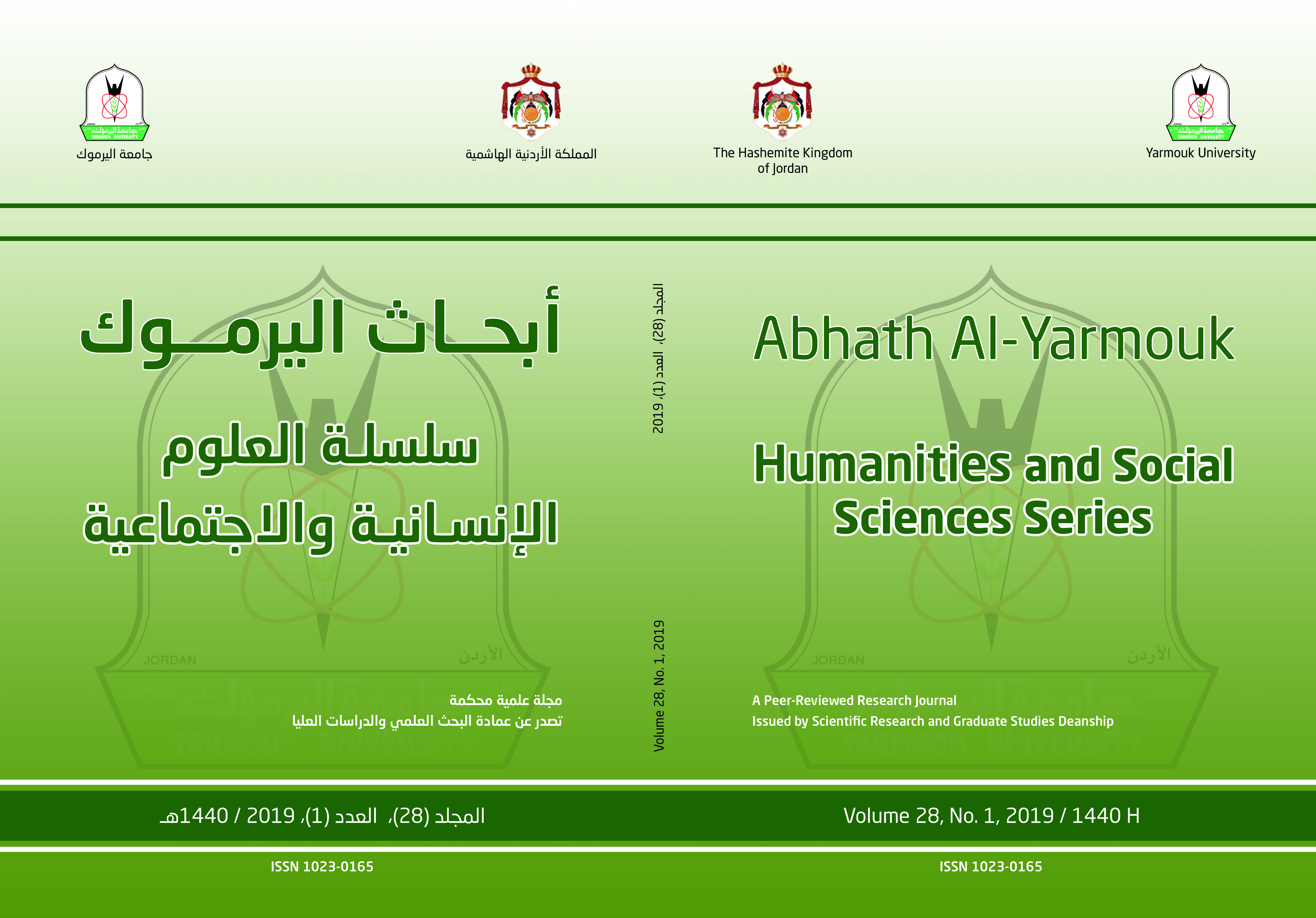اتجاهات التغير في كميات الأمطار السنوية في منطقة بريدة بالمملكة العربية السعودية بين عامي 1982 و2017: دراسة مناخية
الكلمات المفتاحية:
الأمطار السنوية، اتجاه التغير العام، المتوسطات المتحركة، المتوسطات النصفية، علاقة الانحدار الخطي، الفحص الاحصائي، منطقة القصيم، المملكة العربية السعودية.الملخص
تتناول هذه الدراسة مظاهر التغير المناخي بالمملكة العربية السعودية من خلال تحليل اتجاه التغير للأمطار السنوية، وتحديد أفضل أسلوب إحصائي لتحديدها في منطقة الدراسة، وكذلك تحديد اتجاه التغير العام بالمحطات الأكثر تأثرا بتغير اتجاه الأمطار السنوية في الفترة المدروسة.
ولقد اعتمدت هذه الدراسة على البيانات اليومية للأمطار اليومية المرصودة خلال الفترة من يناير 1982 إلى ديسمبر2017 في ست محطات مطرية.
ولتحقيق أهداف الدراسة تناولت منهجيتها تحليل اتجاهات الأمطار بطريقتي المتوسطات المتحركة والمتوسطين النصفيين وتحديد معادلة علاقة انحدار الخط المستقيم في كل محطة وبيان أهميتها الإحصائية باستخدام فحص “t” ستودنت لمعامل الارتباط ومعامل الانحدار “b” عند مستوى الأهمية 5 % وعند درجة الحرية المناسبة له.
وأظهرت نتائج الفحوص الاحصائية أن اتجاهات الأمطار بطريقة علاقة انحدار الخط المستقيم (علاقة الارتباط الخطية) أكثر دقة، كونها تأخذ متغير الزمن عند حساب الاتجاه. كما أنه يمكن إخضاع معاملي الانحدار والارتباط لفحوص الأهمية الإحصائية بطريقة “t” ستودنت ومن ثم حساب قيمة معامل الانحدار الحقيقية عند مستوى الاحتمال 95 % (SEb) وحساب معامل التفسير لعلاقة الانحدار والخطأ المعياري للتقدير (SEb) والنسبة المئوية للانحراف المعياري (σ%) وتمكنت هذه الدراسة من تحديد الاتجاه العام لتغير الأمطار السنوية مع فحص أهميته الاحصائية بواسطة المتوسطات المتحركة والمتوسطات النصفية وعلاقة الانحدار الخطي المستقيم. كما ساعد اختبار (t-student) في التأكد من معنوية الاتجاهات المطرية الحاصلة.
Keywords:

